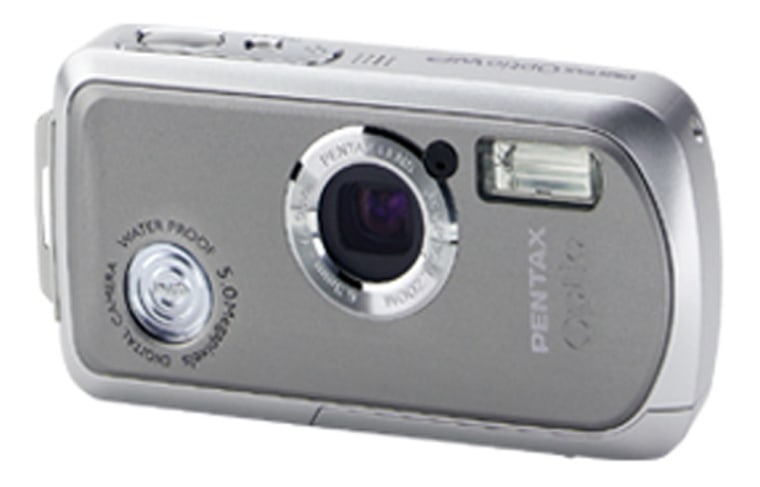Liz Gunnison is ready for a new digital camera. The 22-year-old art history graduate from Yale University, who carries her camera everywhere, wants a model that can slide easily into a pocket or purse — and has a high enough resolution to fulfill dozens of multimedia uses. Unfortunately, her two-megapixel Canon (CAJ ) PowerShot S200, a Christmas gift from two years ago, is about the size of a deck of cards and feels too heavy and bulky for everyday use. She also wishes it would fire up faster between snapshots.
Gunnison needs to go shopping. Any one of the latest ultracompact five-megapixel cameras, five of which we tested, could fit the bill. Priced from $258 to $440, each packs a 3x optical zoom and a big liquid-crystal display (LCD) screen. Best of all, none is bigger than a tin of Altoids, with the slimmest and sexiest-looking of the bunch — the smooth-contoured Casio Exilim EX-S500 — measuring only 3.5 by 2.3 by 0.6 inches.
These ultracompacts are strictly for the snapshot crowd, as they don't incorporate many features, such as interchangeable lenses, for advanced photographers. Each includes at least a few presets such as "portrait" and "landscape," a red-eye flash, and the ability to tweak the exposure and white balance. Like most digital cameras nowadays, each can record short videos, but the images are so grainy and eat up so much memory that the feature is hardly worth using.
All lit up
Each camera has some standout features. The Nikon Coolpix S1 has 16 scene presets, some of them innovative. An "indoor/party" mode, for instance, fires off a carefully timed series of five flashes, illuminating the background of a dimly lit bar or party as well as the people in the foreground. Three other cameras also have 2.5-inch LCDs, but the Konica Minolta Dimage X60 seems bigger because the camera is less wide than the others — its dimensions are 3.3 by 2.2 by 0.9 inches. I found its screen looked sharper and more vivid, and so it was more striking. And all the cameras are speed demons — able to boot up and snap a picture within three seconds.
The small size of these cameras does necessitate a few sacrifices. Only the Canon PowerShot SD400 offers a viewfinder in addition to an LCD screen, and the hole is so tiny that few will find it comfortable to look through. The ultracompacts have a tiny sliver of real estate for buttons. Those on the feature-heavy Coolpix and PowerShot are crowded together, and it takes a while to figure out how to navigate around them.
With the flash and all auto settings turned on, the ultracompacts consistently took supersharp, vivid photos without much trouble. Some took less time to auto-focus, which is important when you want a quick candid shot.
Almost every ultracompact struggled in those situations when the flash is turned off. Since none use sophisticated image-stabilizer technology or have the superfast shutter speed found in larger cameras, images often appeared shaky at the edges in flashless shots. It takes an impossibly steady hand to prevent blurriness, making these cameras poor choices for use in museums or other places where flash photography is prohibited. The Fujifilm FinePix Z1 was an exception. It has a special setting for natural light, and it did a much better job with the flash turned off than the others.
Moving photos to a computer is a snap. The Coolpix and the Exilim have docks that connect and charge the cameras at once. You can use Windows to drag the photos from the camera onto your hard drive. All the cameras we tested include their own photo-editing software. The applications are similar and let you edit, print, and organize your photos, although for more advanced image editing it would be best to use Adobe Photoshop.
As chips continue to shrink, these trim cameras should slim down more — becoming even smaller than a credit card. In the meantime, this lot offers power and performance in very petite packages.
